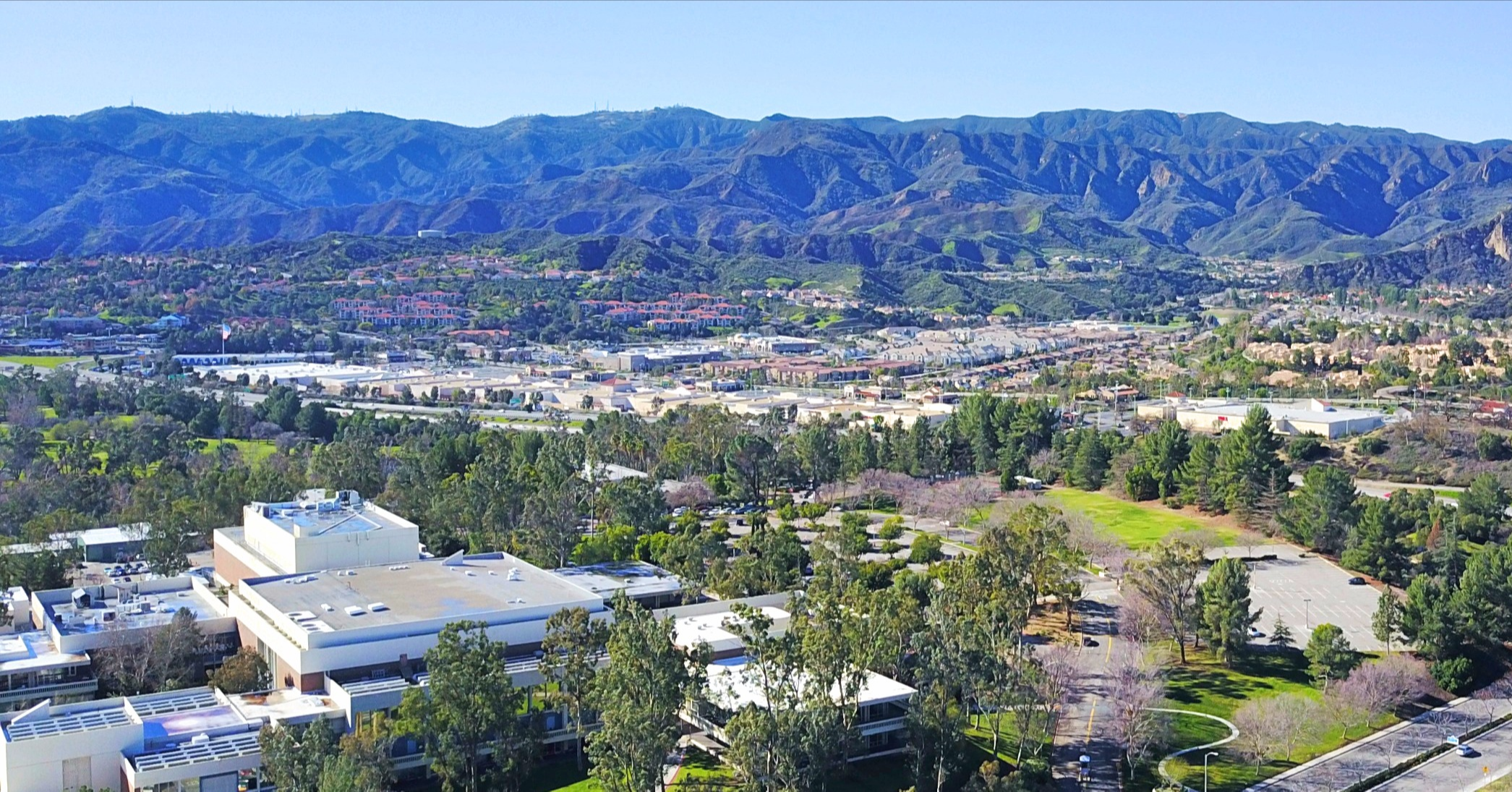Each year, more than 12 billion dollars in Research & Development Tax Credits are funneled back to US businesses, and this is for the federal program alone. On the state side, California belongs to a group of roughly forty states that have their own R&D Tax Credit, which expands your money-back opportunities.
While most companies engage in R&D activities, many of them are not aware that they are doing it on a daily basis. You don’t need to be a high-tech company employing an army of engineers, and you don’t need to have a research lab. Consider the fact that Mattel, the maker of Barbie dolls, qualified for this credit. Your company may qualify as well.
To demystify the application process for what is called one of the biggest benefits being delivered today to taxpaying companies, the Santa Clarita Valley Economic Development Corporation organized an info session by connecting SCV-based businesses with experts from the R&D Incentives Group, which recently became a SCVEDC board member.
Latest Updates: According to Alex Pak, a director at the company, the latest developments on the R&D credit front are making this tax incentive even more attractive.
- First, the Federal R&D Tax Credit has just become permanent, providing much-needed sense of consistency to companies nationwide.
- Second, for startup corporations or partnerships, they may use the credit to offset the employer portion of OASID liability – up to $250K per year for no more than 5 years beginning with qualified activities executed on or after January 1,,
- Lastly, eligible small businesses (not publically traded, with average gross receipts for the prior 3 years being less than $50MM) can apply the credit against their Alternative Minimum Tax (AMT) liability for credits generated for the 2016 tax year.
R&D Tax Credits Are for All Companies: Companies across numerous industries can qualify for the R&D incentive as well, says Alex Pak, as long as the companies have engaged in activities that result in a new/ improved product (quality, reliability, performance, feature sets, etc.), or in a new/improved process. For instance, activities focused on improving the throughput of a production line would be considered an R&D activity in a manufacturing company. By the same token, a company specializing in architecture, engineering or construction may qualify activities such as value engineering or technical proposal development.
For manufacturing companies, process improvement happens quite often, but it is often ignored as a R&D activity, according to Alex Pak. In addition, it’s not just engineers or researchers whose wages can be considered Qualified Research Expenditures (QRE). Maintenance or support workers whose activities have contributed to product or process enhancements can also be considered when a company tallies its total QRE, which includes outside contractor expenses (at a 35% reduction) and supplies (utilized in development) in addition to wages for direct labor.
Consult an Expert: when a company applies for the R&D Tax Credit, the IRS or relevant state tax authority doesn’t require the submission of detailed bookkeeping records or time sheets. However, auditing does take place, and each company should be prepared for that possibility. To maximize your R&D Tax Credit potential while minimizing the risk of violating the rules during a potential audit, consulting a firm who specializes in the field is highly recommended.
If you have any questions about this tax credit, please contact Sue Arellano, Business Assistance Manager, at SueArellano@scvedc.org or 661 288 4411.
.png?width=1198&name=EDC_cmyk_orange-white%20horizontal.F%20(1).png)



